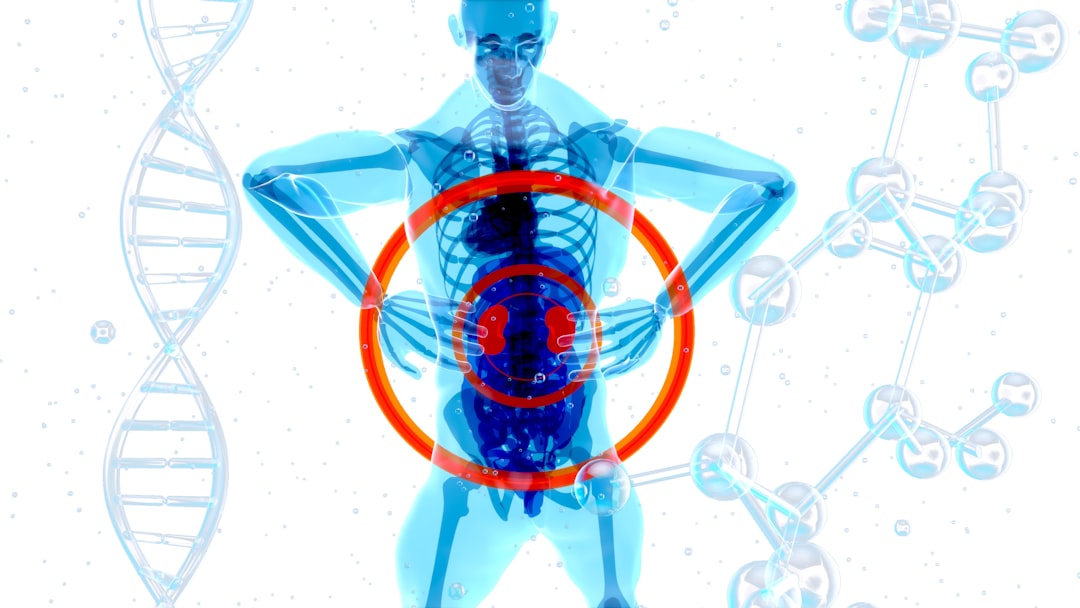What is it about?
For sport coaches, designing a training drill which helps athletes learn can be challenging. There are many interacting features, such as players, field dimensions or rules which, when manipulated by coaches, can make small or large changes to how athletes perform. To help with understanding this process, two machine learning techniques are demonstrated using real-world sport data collected during elite Australian Football training. These techniques are capable of receiving the large amounts of data pertaining to player movement and skill and then output simple visualisations for the coaches. This informs coaches of how their athletes are changing their performance within training drills. These methods can be implemented by any teams, in any sports, to help coaches evaluate if their training drill is achieving their desired outcome or not.
Featured Image

Photo by Abigail Keenan on Unsplash
Why is it important?
Given the ever-growing world of data we live in, it's essential that we find positive ways to leverage this to support sport practice. Data analytical techniques can take advantage of the increasing volume of data points to support how human coaches make effective decisions. This can help overcome biases and assist coaches in seeing patterns which are not immediately obvious to their eyes. Ultimately, these methods can enhance athlete performance and give teams and edge over their opposition.
Perspectives
Although data doesn't tell us everything about sport behaviour, we shouldn't shy away from the advantages data can bring. This article demonstrates the application of practical techniques to take complex information and simplify it for the end-user. Importantly, these techniques are never suggested to replace what coaches do, but rather to support and enhance how coaches can operate.
Ben Teune
Victoria University
Read the Original
This page is a summary of: Evaluating the influence of a constraint manipulation on technical, tactical and physical athlete behaviour, PLoS ONE, December 2022, PLOS,
DOI: 10.1371/journal.pone.0278644.
You can read the full text:
Contributors
The following have contributed to this page










